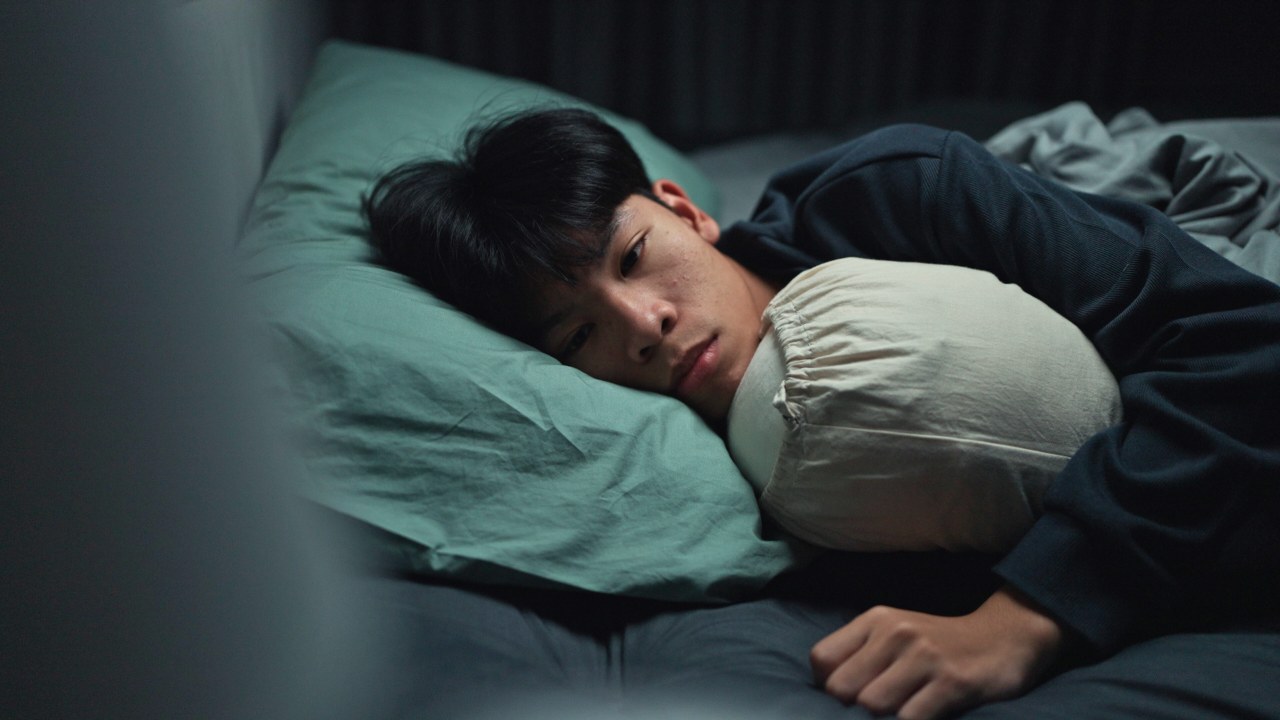Insomnia has become one of the most common sleep-related issues among adults today. Long work hours, stress, irregular routines, and digital distractions often make it difficult to fall asleep naturally. For people struggling with severe or persistent sleeplessness, medications like Zopisign 10 mg are sometimes prescribed to support better sleep. This blog explains how Zopisign 10 mg works, its benefits, usage guidelines, safety notes, and important things to remember.
What Is Zopisign 10 mg?
Zopisign 10 mg is a sleep-support medication often recommended for short-term management of insomnia. It contains Zopiclone, a non-benzodiazepine hypnotic agent known for its calming effect on the brain. It helps individuals fall asleep faster, reduces nighttime awakenings, and promotes deeper, more restful sleep. Zopisign is generally prescribed for people who have trouble initiating sleep, maintaining sleep, or waking too early.
How Zopisign 10 mg Works
Zopisign 10 mg acts on the central nervous system by enhancing the action of natural calming neurotransmitters in the brain. This results in:
-
Reduced mental activity
-
Lowered anxiety and restlessness
-
Faster sleep onset
-
Improved sleep duration
Zopisign does not force the body to sleep; instead, it helps the brain slow down enough to naturally transition into the sleep cycle. Most people feel its effects within 20–30 minutes after taking a dose, making it useful for those who struggle with long sleep-onset times.
Benefits of Zopisign 10 mg for Insomnia
1. Faster Sleep Induction
Many insomnia sufferers spend hours in bed trying to fall asleep. Zopisign helps shorten this sleep latency, allowing the body to relax more quickly.
2. Improved Sleep Quality
By calming the nervous system, Zopisign promotes deeper sleep stages, helping people feel more refreshed in the morning.
3. Reduced Nighttime Awakenings
Frequent awakenings break the sleep cycle. Zopisign helps maintain a consistent sleep pattern throughout the night.
4. Short-Term Support for Stress-Induced Sleeplessness
Situational insomnia—caused by work pressure, emotional stress, or sudden lifestyle changes—often responds well to short-term Zopisign therapy.
5. Helps Restore Natural Sleep Rhythm
By supporting consistent nightly rest, the medicine can help reset a disturbed sleep schedule.
How to Take Zopisign 10 mg
Zopisign 10 mg should always be taken under a doctor’s guidance. Here are the usual usage recommendations:
-
Take one tablet orally about 30 minutes before bedtime.
-
Ensure you have 7–8 hours of uninterrupted sleep time ahead.
-
Swallow the tablet with water; avoid chewing or crushing it.
-
Do not take more than one tablet in 24 hours.
-
Avoid mixing it with alcohol or recreational substances, as they may intensify sedative effects.
Because Zopisign works quickly, you should avoid activities that require alertness—such as driving—after taking it.
Who Should Avoid Zopisign 10 mg?
Zopisign 10 mg may not be suitable for everyone. You should avoid or use it cautiously if you have:
-
History of sleep apnea
-
Respiratory difficulties
-
Severe liver conditions
-
Allergic reactions to Zopiclone
-
Past dependence on sedatives or sleep medications
It is not recommended during pregnancy, breastfeeding, or for individuals under 18 years.
Possible Side Effects
Like all sleep medications, Zopisign can cause some mild or temporary side effects, including:
-
Dry mouth
-
Drowsiness the next morning
-
Metallic taste
-
Lightheadedness
-
Reduced alertness
If side effects persist or seem unusual, medical advice is essential.
Tips for Better Sleep Alongside Zopisign
For best results, combine Zopisign with healthier sleep habits:
-
Keep a consistent sleep schedule
-
Limit screen exposure before bed
-
Avoid caffeine late in the day
-
Use dim lighting in the evening
-
Keep the bedroom cool and comfortable
Good sleep hygiene enhances the effectiveness of the medication while supporting long-term natural rest.
